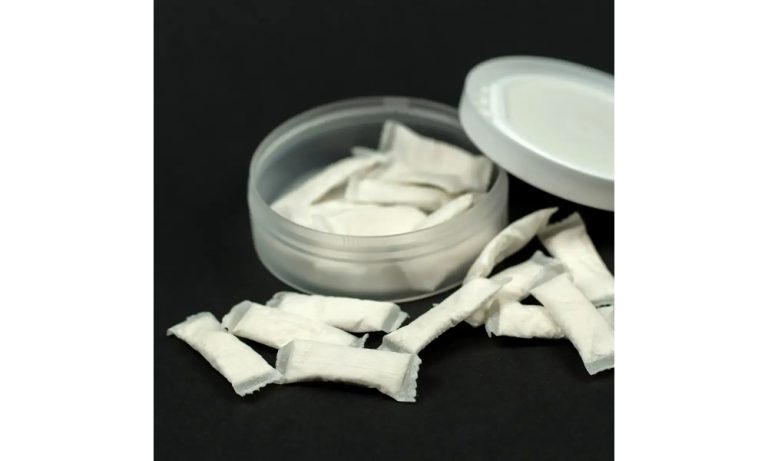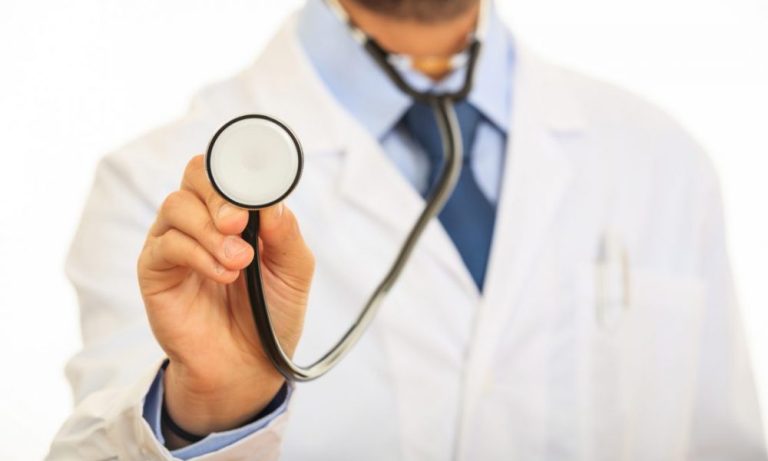
Not all veins are created equal so not all vein disorders and treatments can be the same. There are differences in approach, as well as the reasons for having the procedure done in the first place. Vein procedures can fall into two categories, which are medically required or cosmetic vein removal.
Cosmetic Vein Removal
Cosmetic vein treatments are ones that can be done for superficial reasons. Spider veins are the most common ones treated for cosmetic purposes. Even though veins can be irritating and hurt your appearance, they are likely not life-threatening. Many don’t require medical treatment at first as long as they are not painful. Cosmetic vein treatments are procedures you don’t necessarily need but can give you peace of mind and a better appearance. Some examples of cosmetic vein treatments include injection, laser treatments, and sclerotherapy.
These procedures will usually be performed in an outpatient setting and don’t require any anesthesia. However, more than one treatment session may be needed in order to achieve the desired results. In order to prepare for spider vein removal, you will need to stop smoking, adjust current medications or take certain medications, and avoid taking aspirin and anti-inflammatory drugs. The procedure can involve an injection. The injection will irritate the inside of the vein and over time cause the vein to collapse. After treatment, the area is dressed with stockings or compressive tape and can often look bruised at first. Spider veins may also be able to be treated with a laser. When using a laser, there is an intense beam of light that is directed at the vein. The intense light will be obliterated through the skin. More than one laser treatment may need to be used and sometimes this is combined with sclerotherapy.
Medical Vein Treatment
For threatening problems, such as blood clots or varicose veins, the treatment will be more medical in nature. Doctors will recommend which treatment is needed based on symptoms and the disease you have. Varicose vein treatment can be used to relieve the pressure that builds up in these types of veins. In order for it to be considered a medical procedure and be covered under insurance, the patients will need to be experiencing symptoms. The leg may look normal since the varicose veins can be deep in the skin. Symptoms can be swelling, aching, restless leg syndrome, change of pigment, or tiredness. Surgery used to be the only option but now there are also clinics that offer non-invasive medical laser treatment.
When you are seeking out treatment for veins, you should check the doctor’s specialties when it comes to treatments. Some are more focused on cosmetic procedures, such as spider veins, while others are focused on medical vein treatments.







